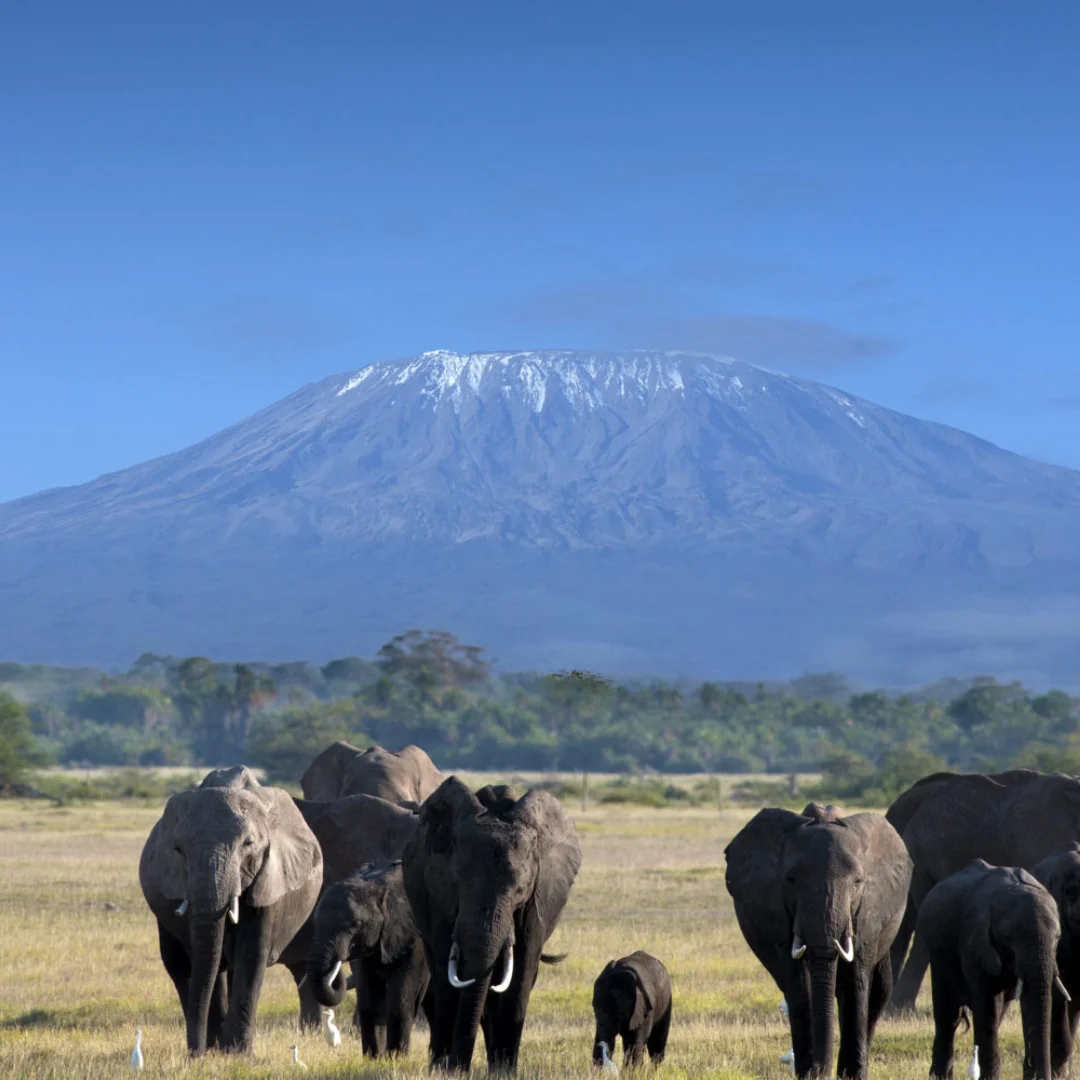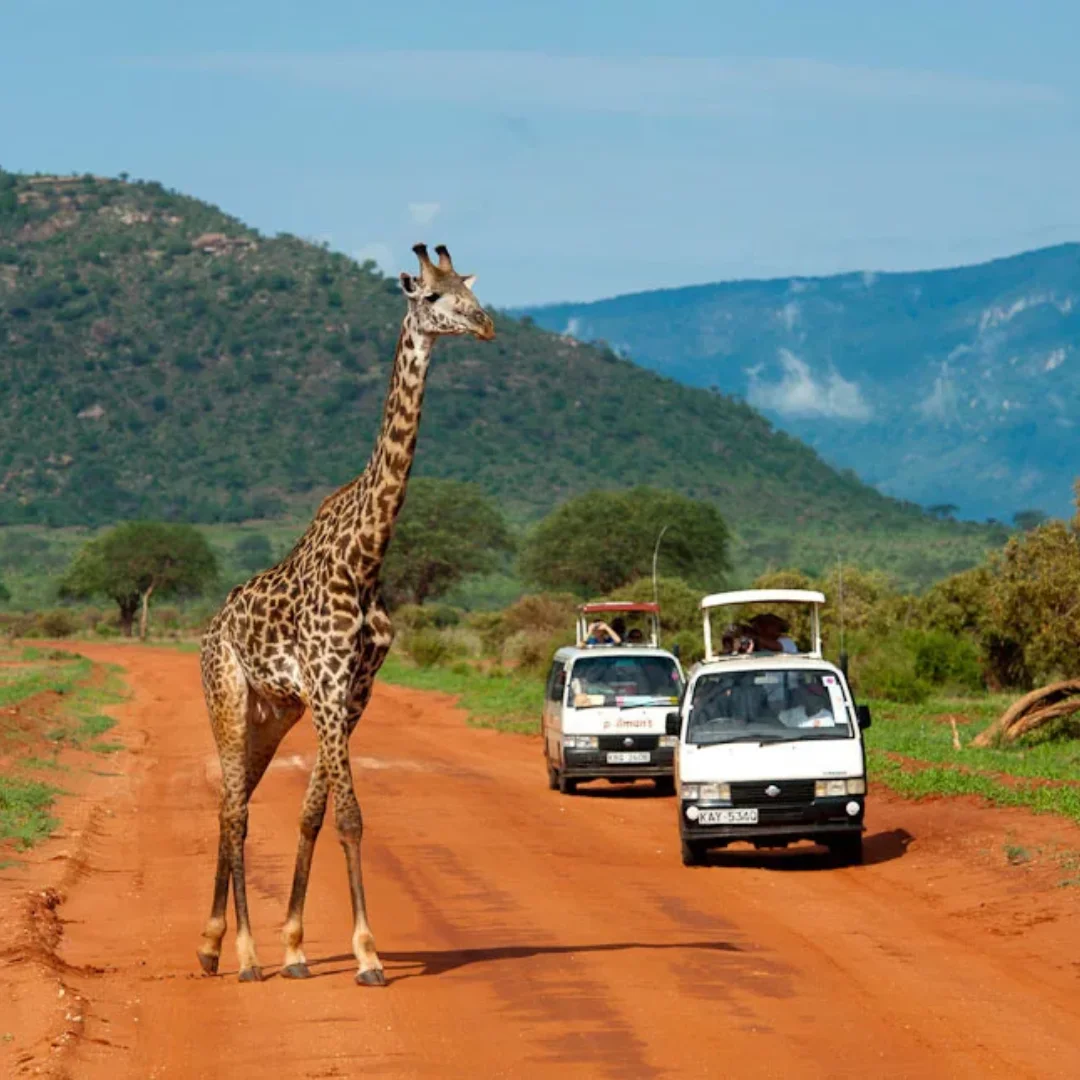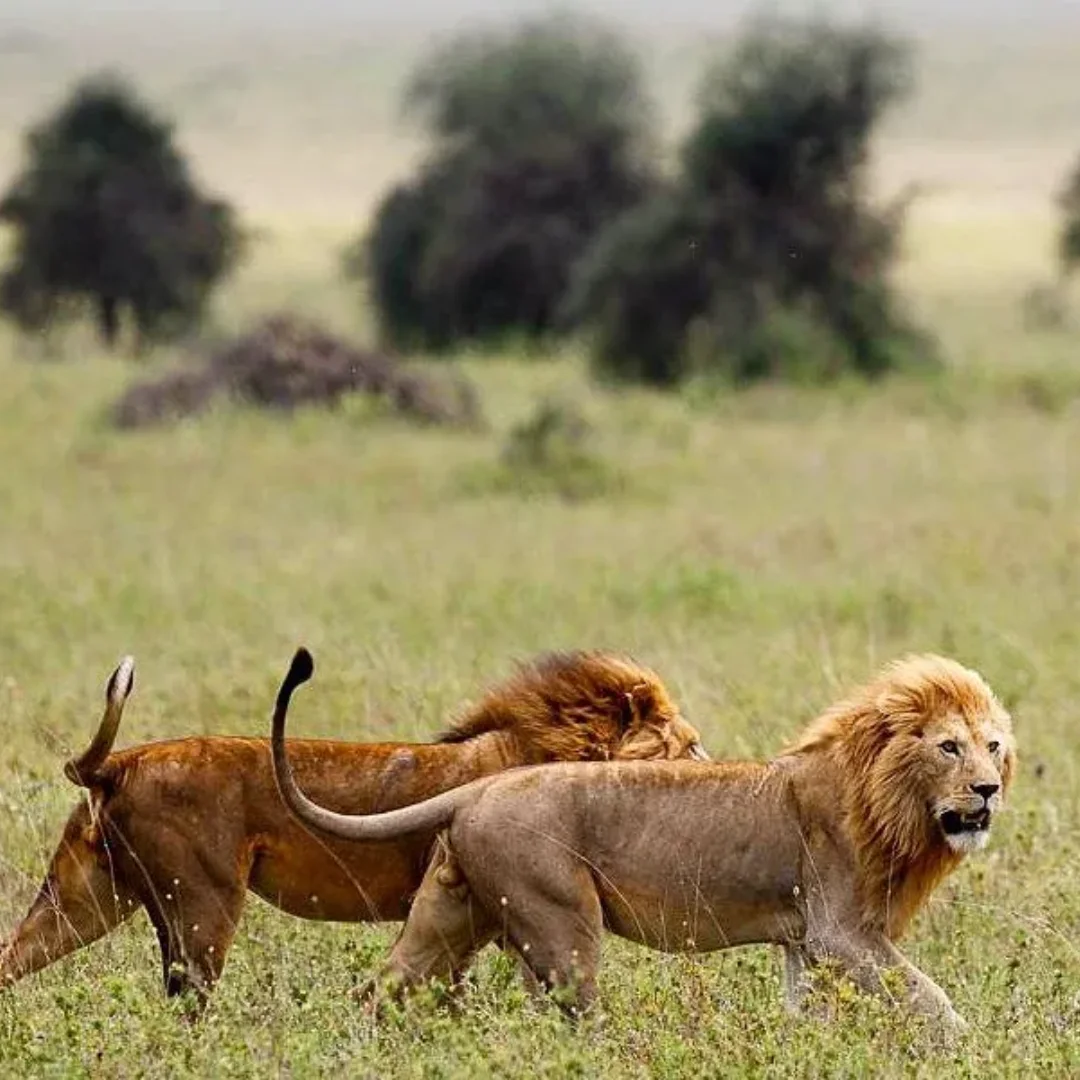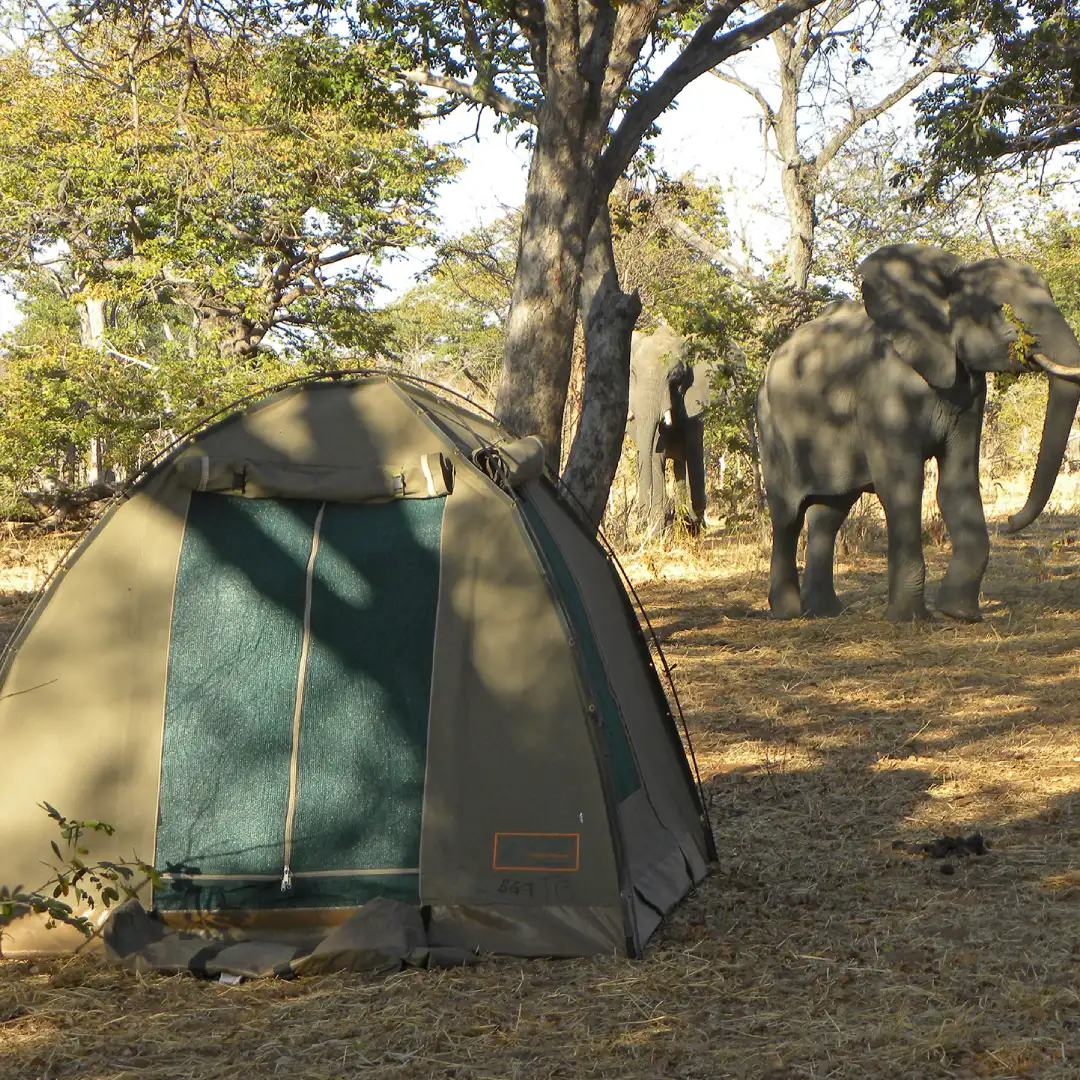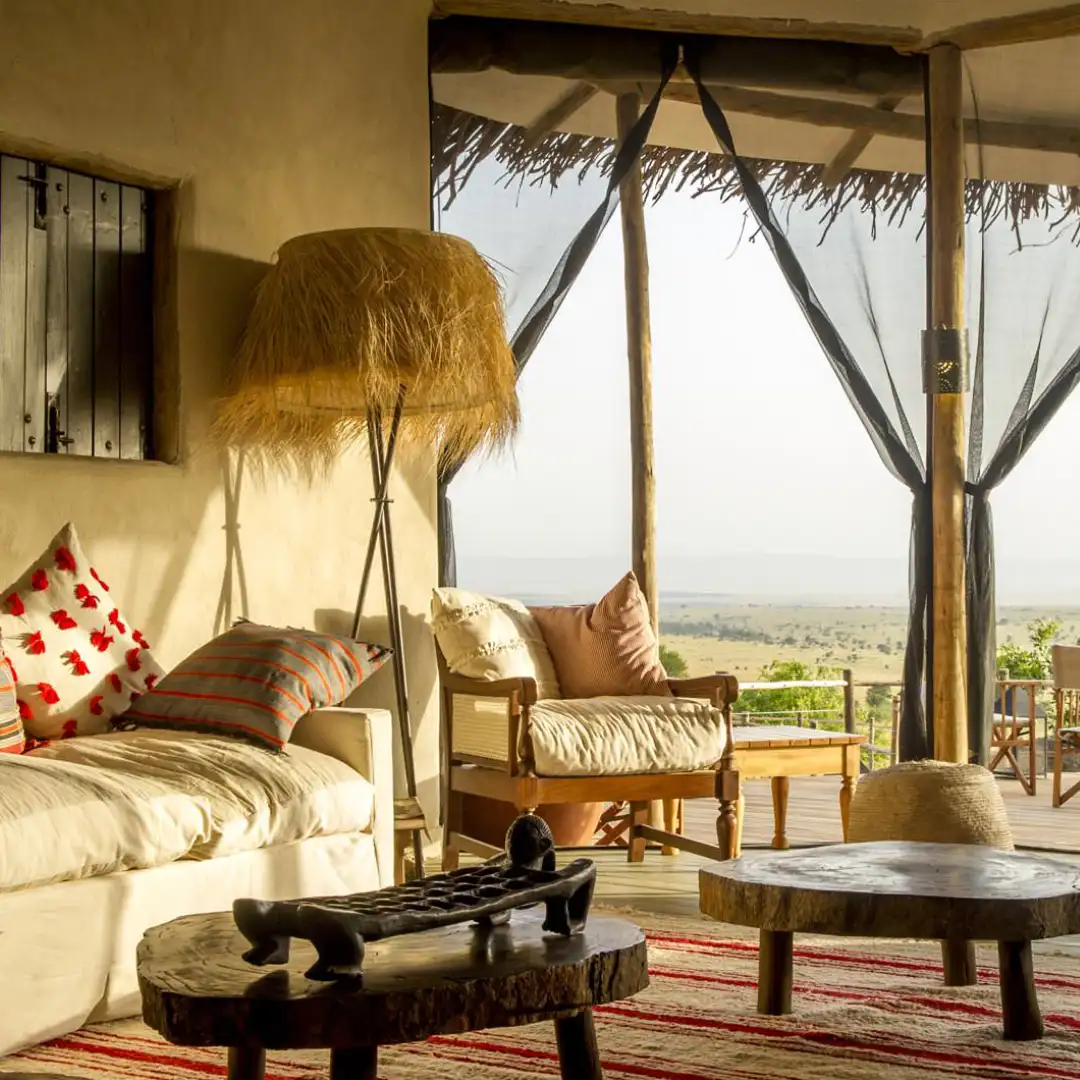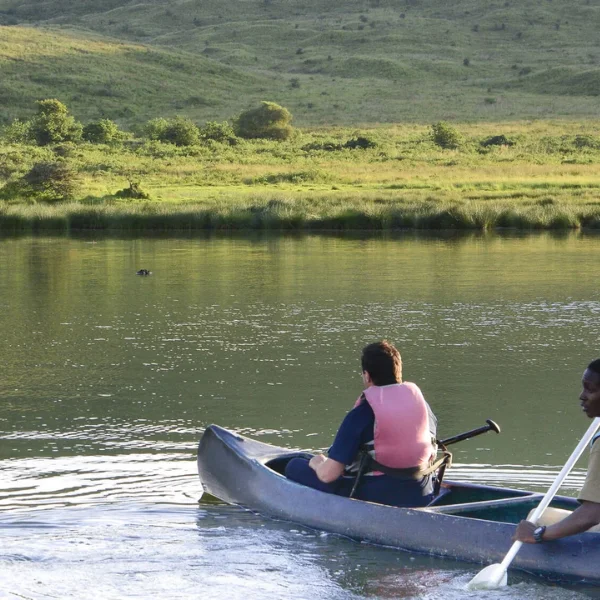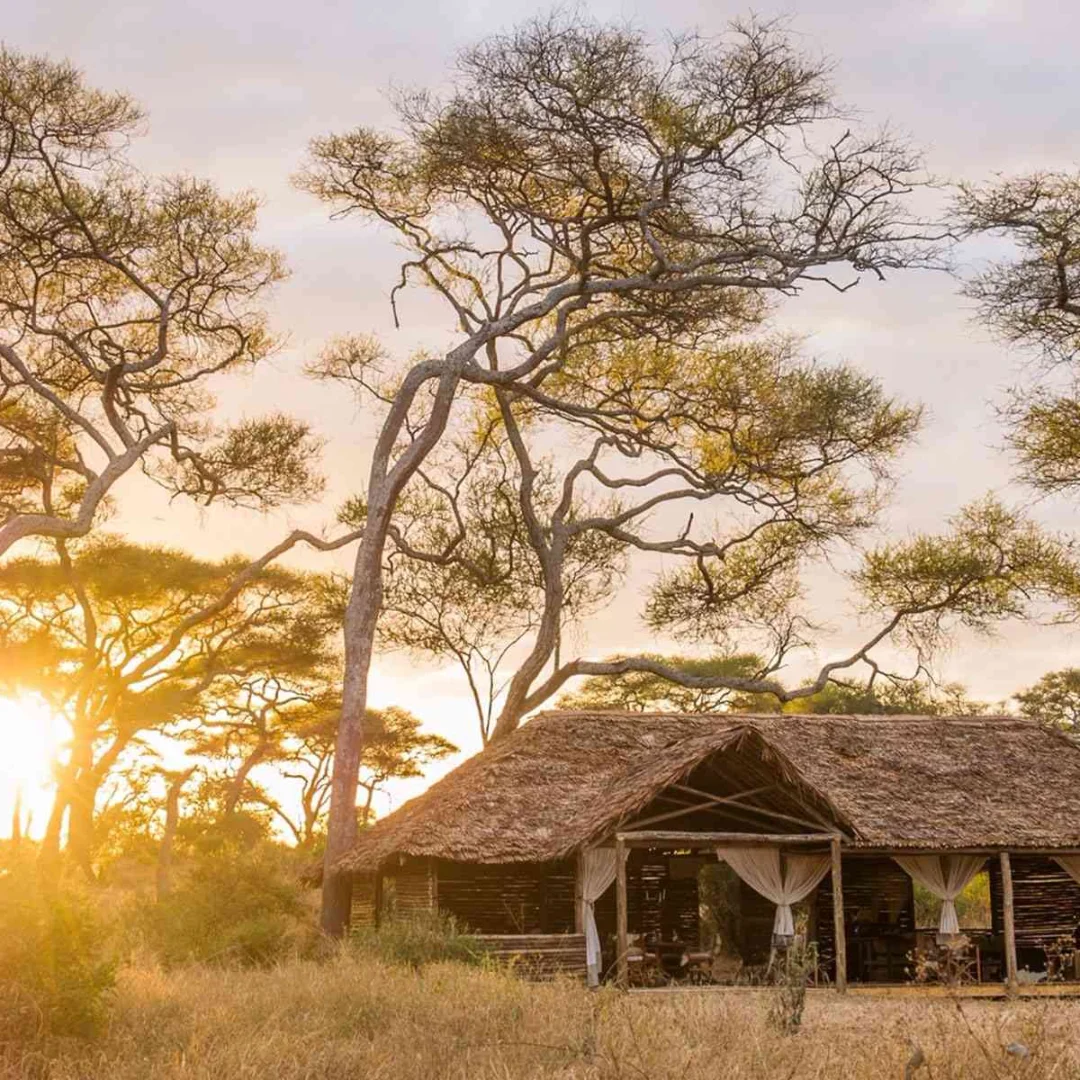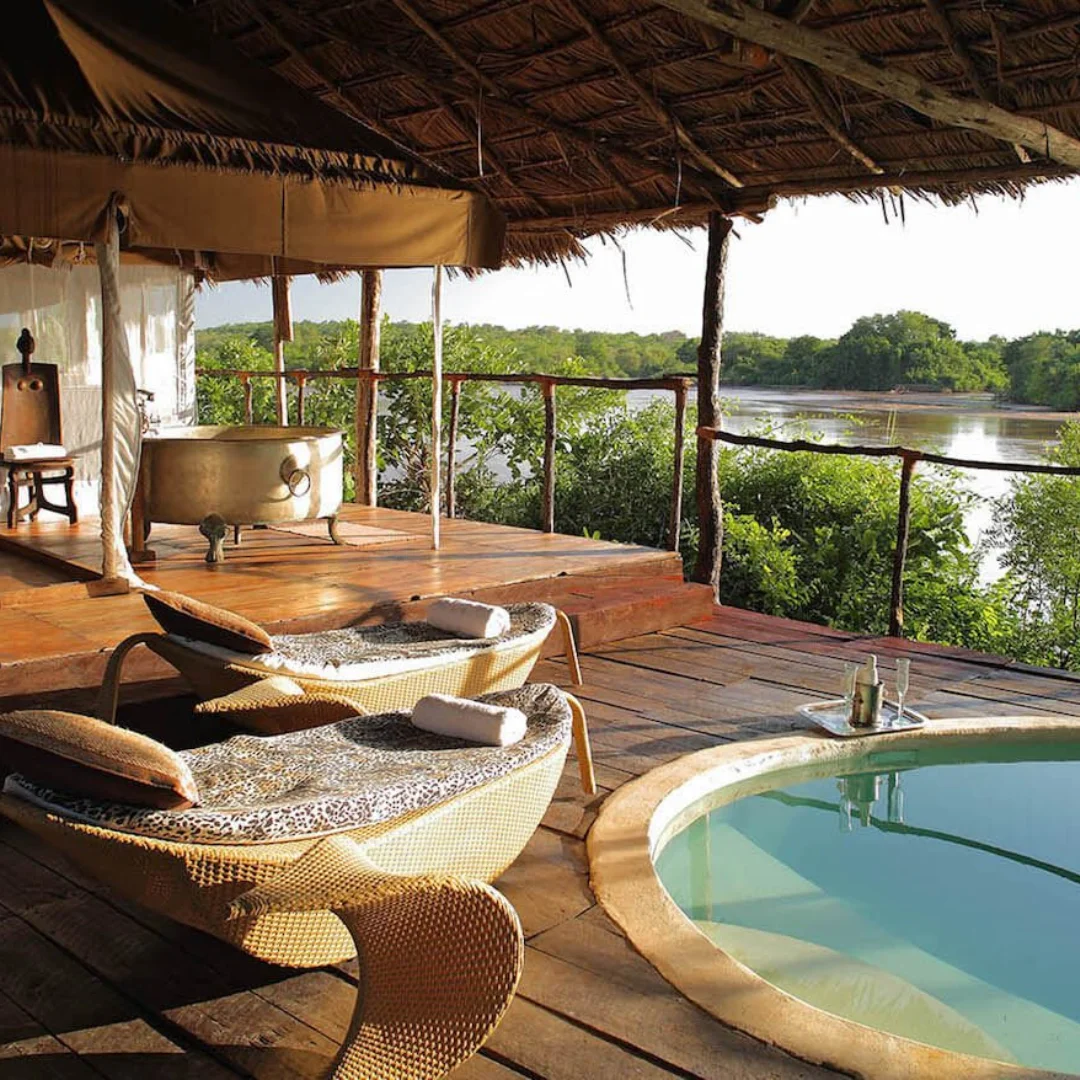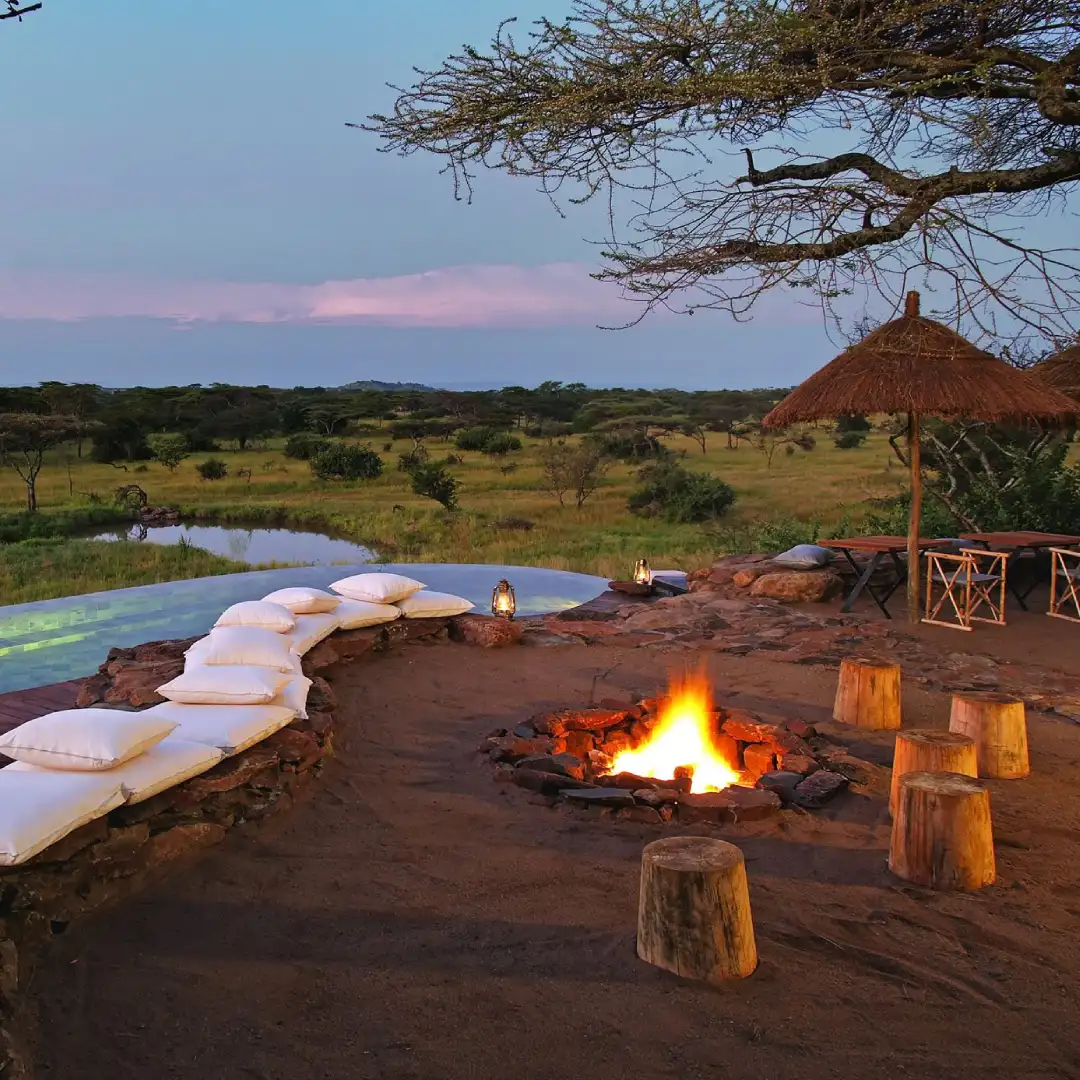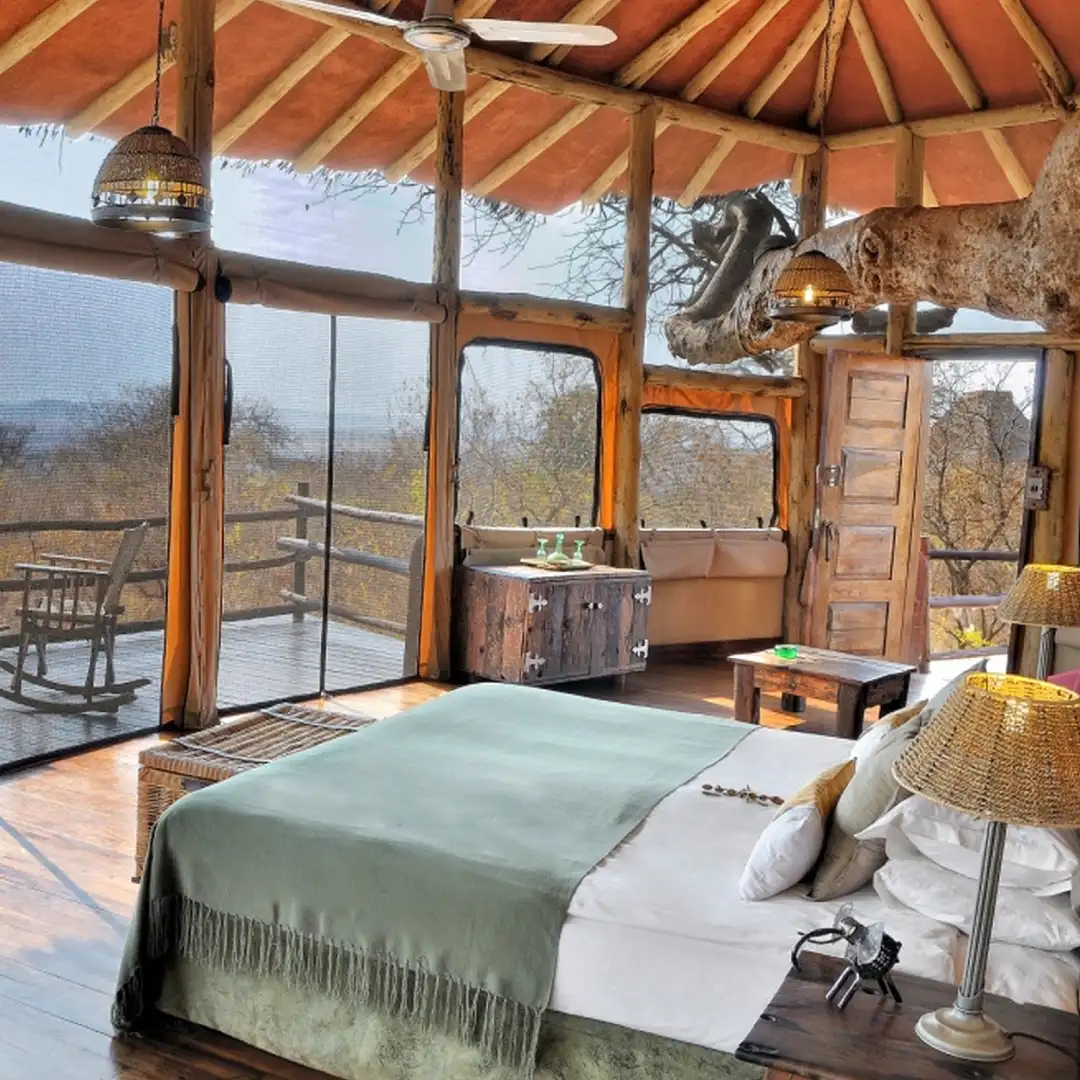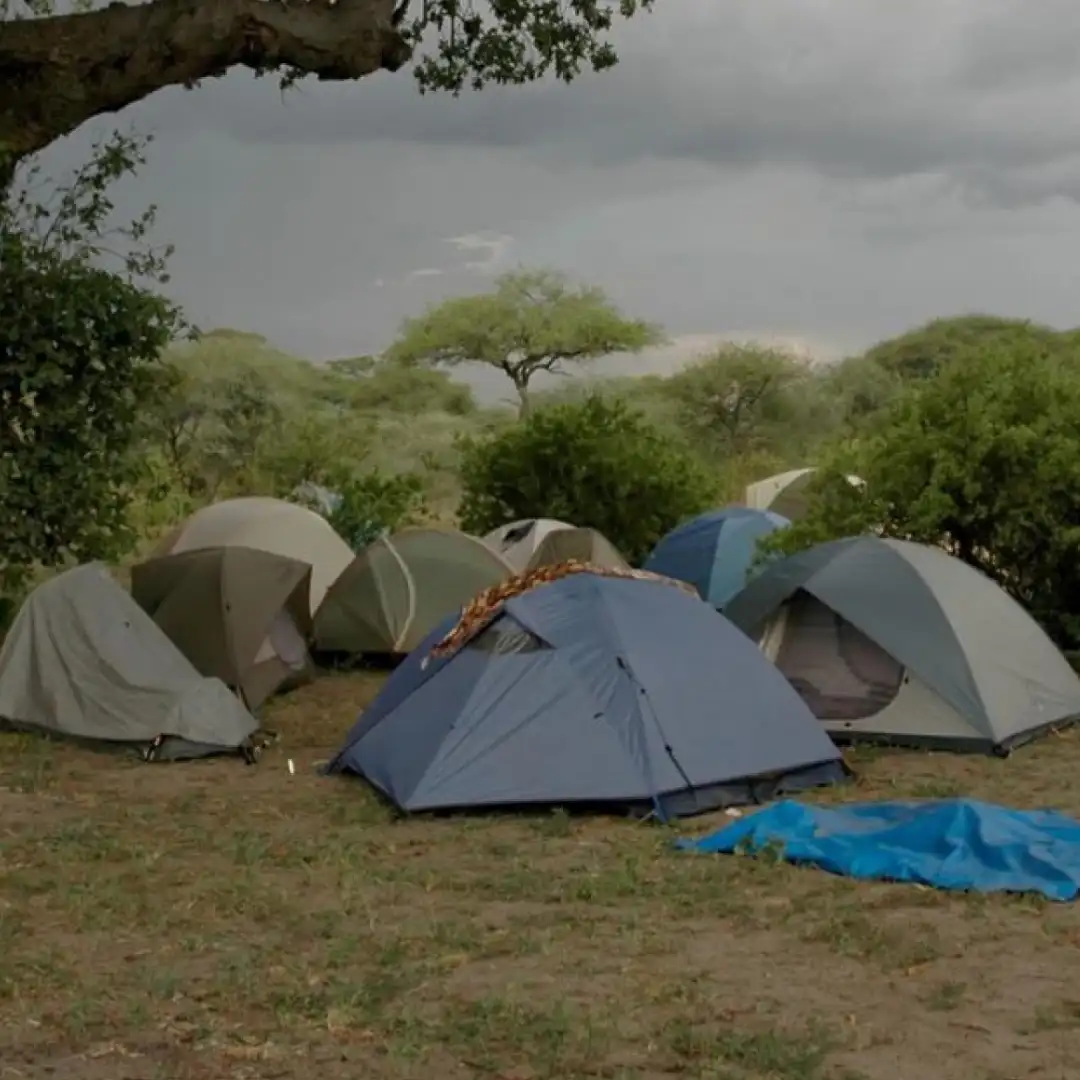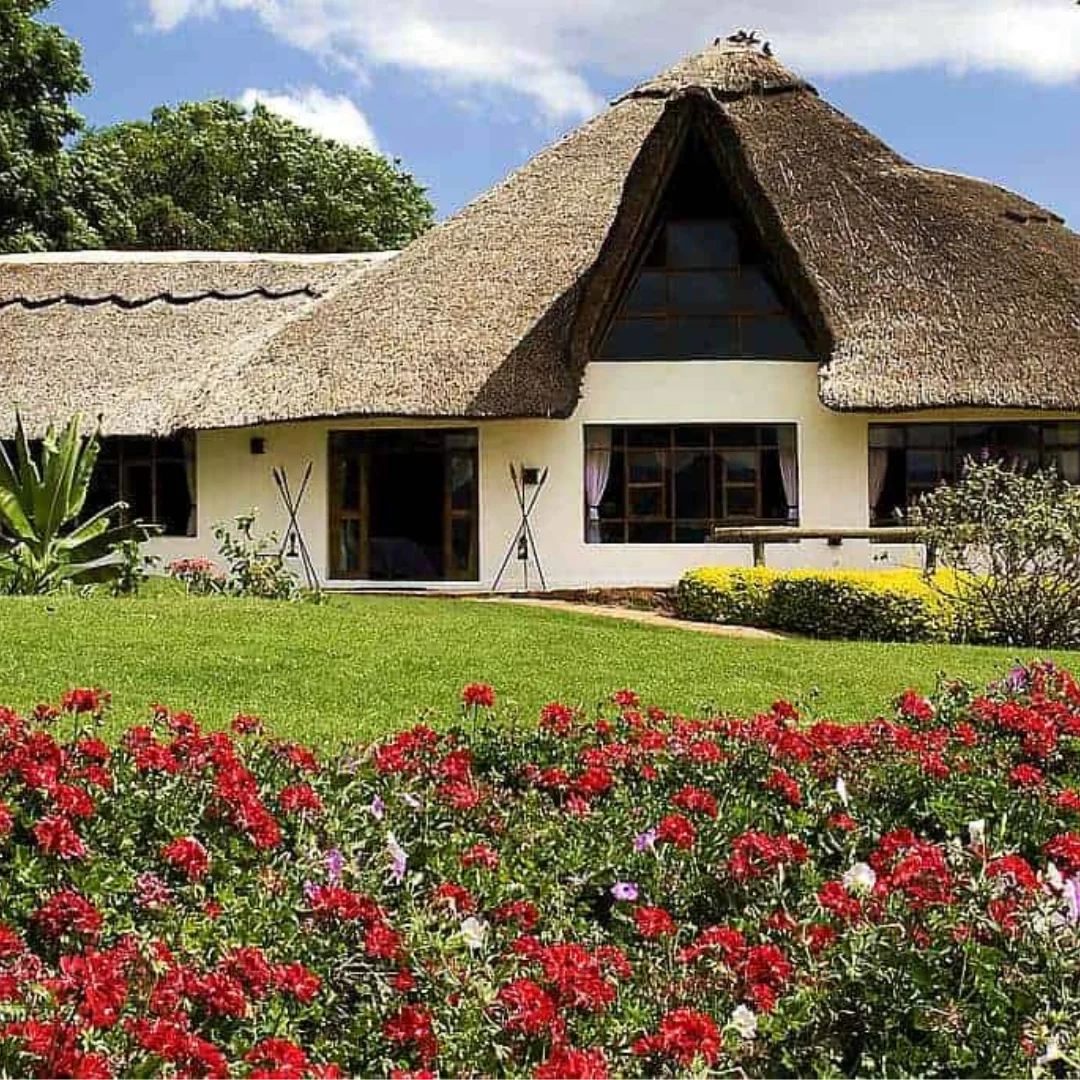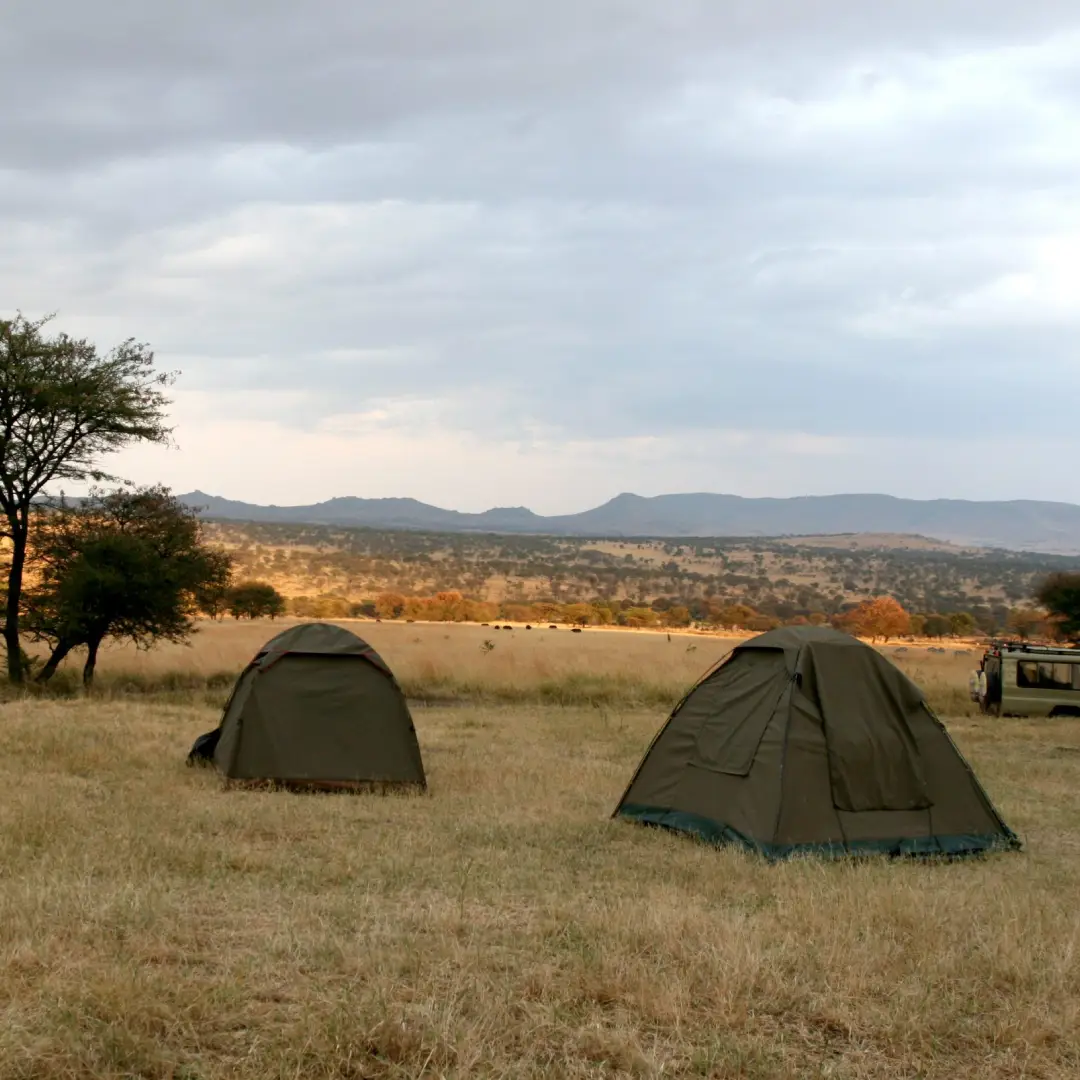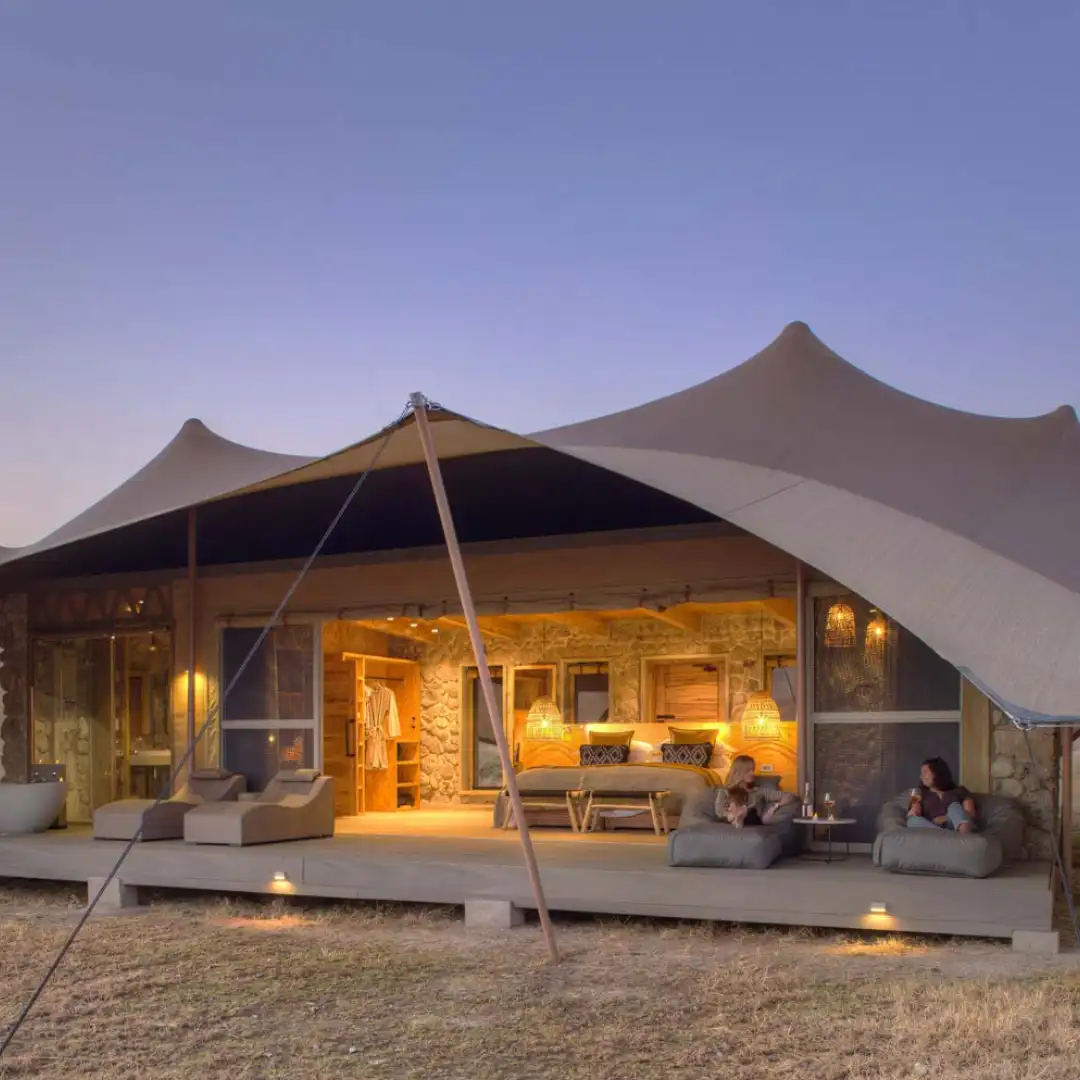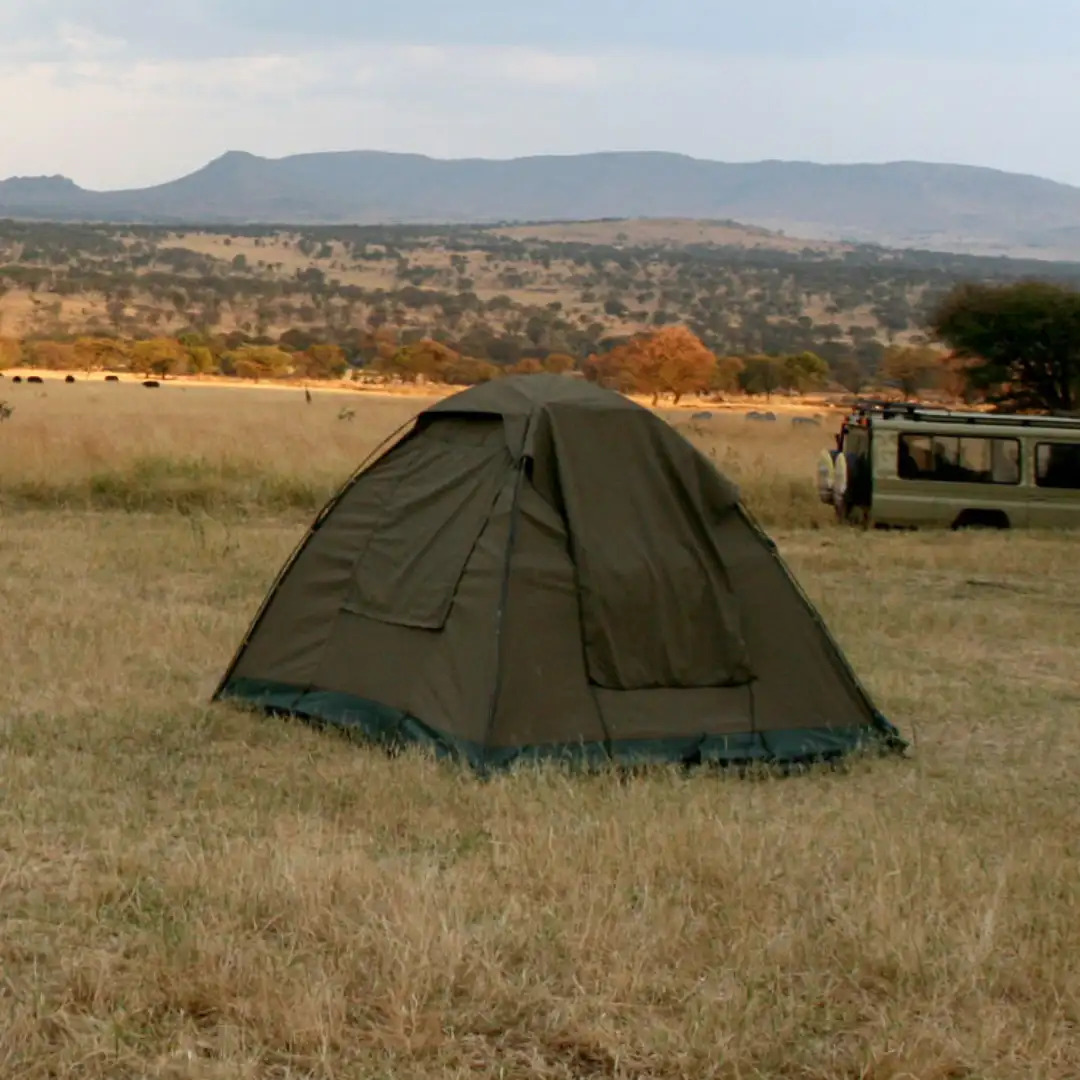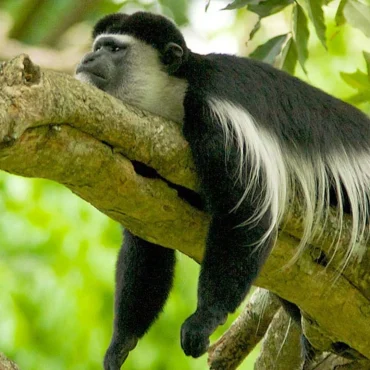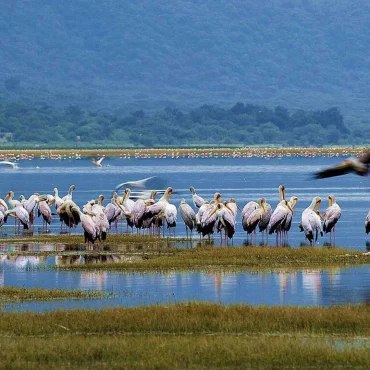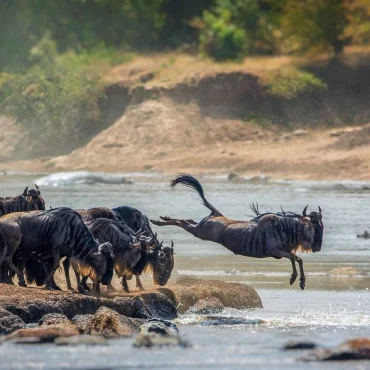Kilimanjaro National Park
Mount Kilimanjaro National Park is home to Africa’s tallest mountain, Mount Kilimanjaro, a stunning natural wonder in Tanzania. The park covers around 650 square kilometres and is a UNESCO World Heritage site. Kilimanjaro is famous for its three volcanic cones—Kibo, Mawenzi, and Shira—and attracts adventure seekers from around the world.Climbing to the Uhuru Peak, the highest point at 5,895 meters, is a thrilling challenge for hikers. Along with the mountain, the park is also known for its rich wildlife, including elephants, buffaloes, and leopards that inhabit its diverse landscapes.
- The park offers incredible wildlife viewing beyond climbing adventures.
- Wildlife like Cape buffaloes, elephants, and grey duikers roam the area.
- Tree hyrax and rodents are common in higher elevations near the timberline.
- Leopards and blue monkeys can be seen in the park’s montane forests.
Kilimanjaro National Park invites adventurers and nature lovers to experience the majestic beauty of its landscapes and the thrill of ascending the iconic peak that rises as a landmark over Tanzania.
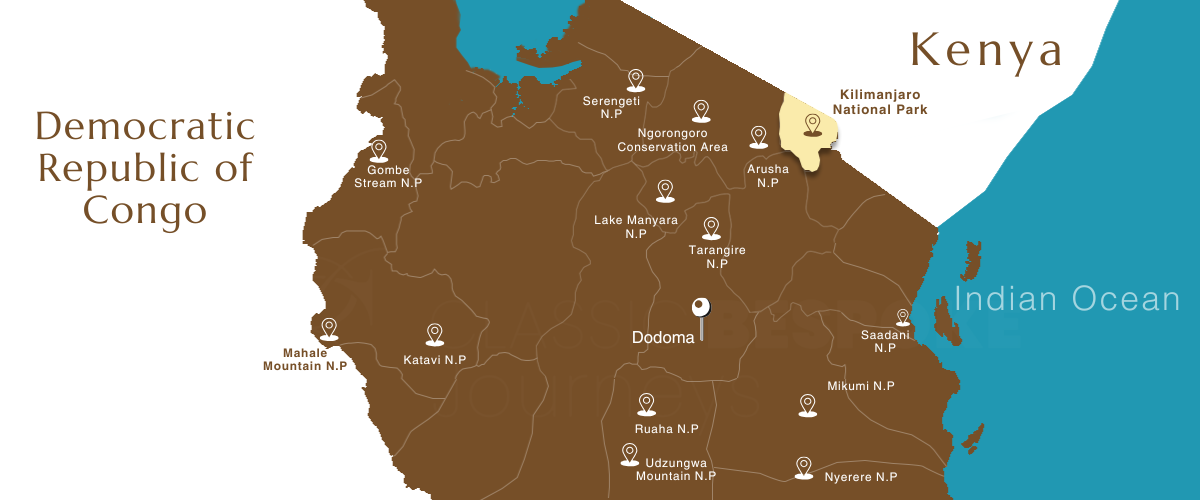
Best Time To Visit
Standing tall at 5,895 meters, Kilimanjaro offers a striking view of Africa’s plains, with its snowy peak and surrounding forests home to rare and endangered wildlife.
The best times to climb Mount Kilimanjaro are during the dry seasons, from December to March and June to September. These months provide safer and more comfortable climbing conditions, avoiding the slippery trails and harsh weather of the wet seasons.
Planning your hike for these periods ensures a more enjoyable and successful ascent, making the most of clear skies and stable weather on Africa’s highest peak.
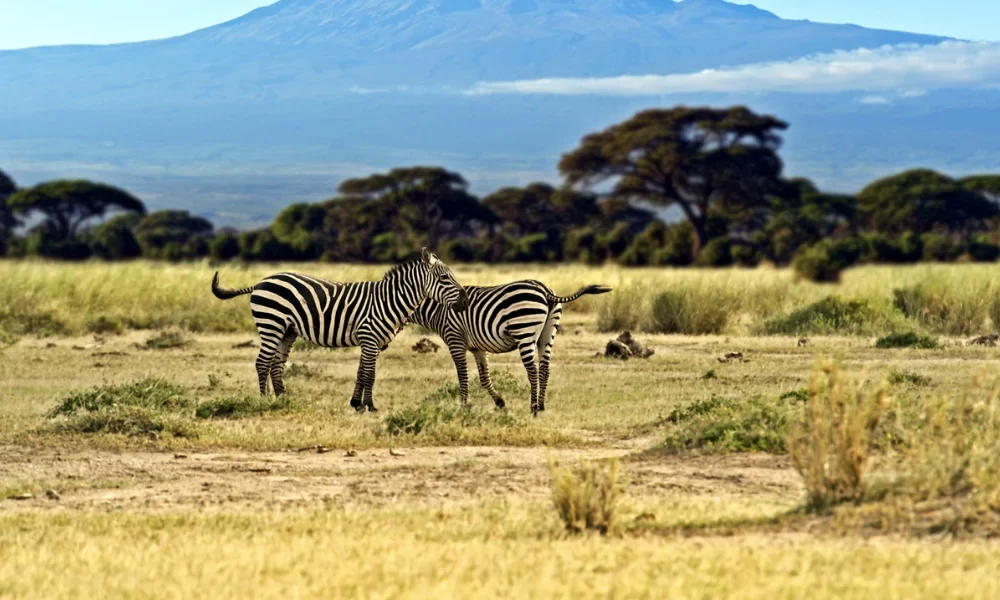
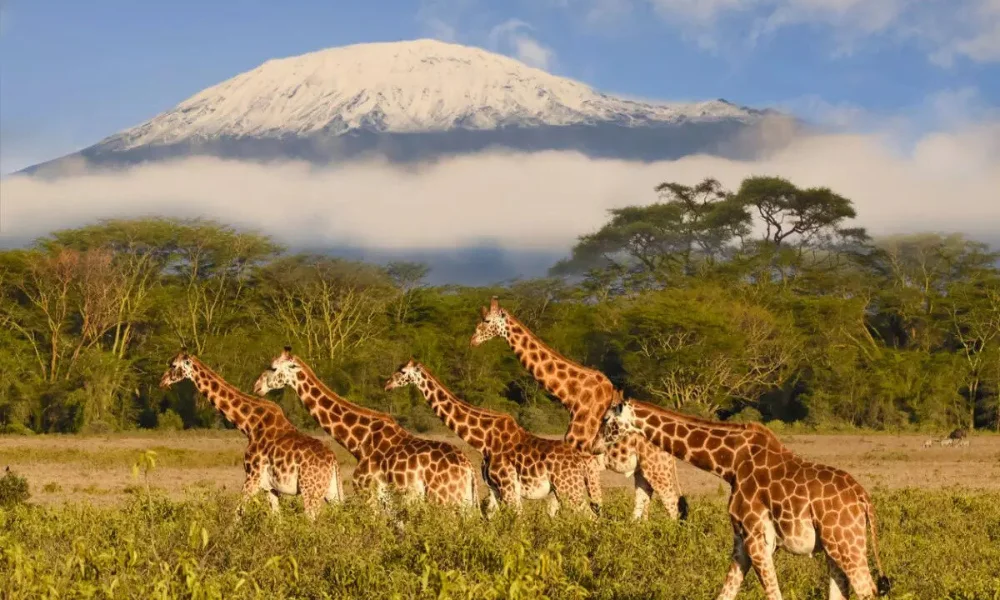
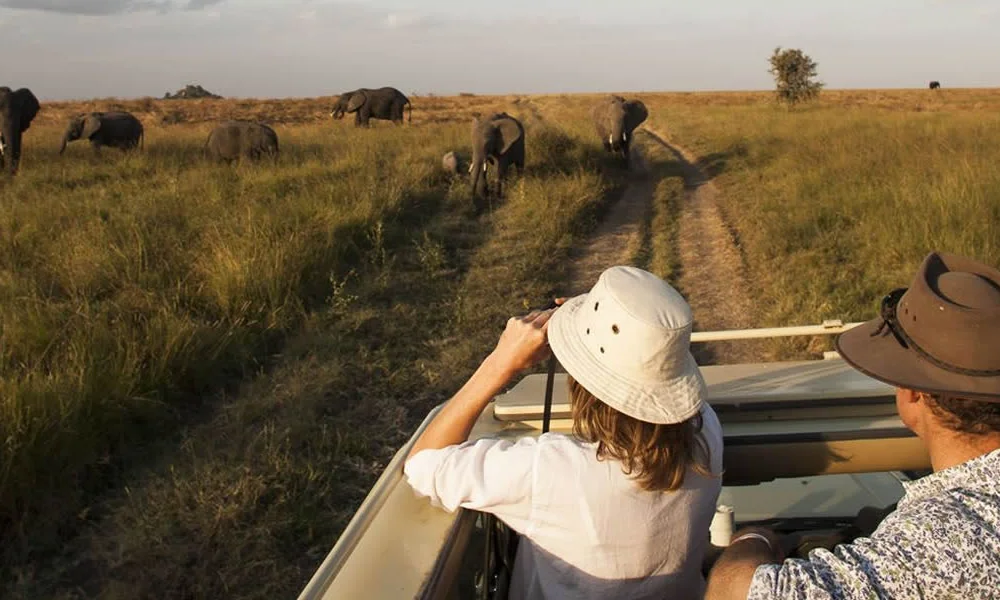
Wildlife
Kilimanjaro National Park is not only famous for its majestic peak but also for the diverse wildlife that inhabits its sprawling landscapes. As you explore the park, you might encounter herds of African elephants roaming between the Namwai and Tarankia rivers or spot cape buffaloes in the mountain forests.
The montane forests are a haven for primates such as blue monkeys and black-and-white colobuses, along with nocturnal bush babies. The park also hosts elusive leopards, graceful giraffes, various antelopes, and even bats. Observing these animals in their natural habitat adds an exciting dimension to the hiking experience in Kilimanjaro National Park.
Kilimanjaro National Park FAQs
Yes, you can enjoy Kilimanjaro National Park without climbing the mountain. You can do shorter hikes or explore nearby towns like Moshi, where you can enjoy local food, beautiful views, and cultural experiences.
Absolutely! Kilimanjaro National Park offers unique wildlife viewing, exciting safaris, and the famous challenge of climbing Mount Kilimanjaro.
Yes, the park is home to a variety of animals, including elephants, Cape buffaloes, giraffes, leopards, and more. While it doesn’t have all of the Big Five, its diverse wildlife is still impressive.
You can fly into one of Tanzania’s three main international airports: Zanzibar, Dar es Salaam, and Kilimanjaro International Airport, which is closest to the park. There are also shuttle buses from Nairobi, Kenya.
Kilimanjaro National Park is in northern Tanzania, along the border with Kenya. It encompasses the area around Mount Kilimanjaro and is a UNESCO World Heritage site.
Why Visit Kilimanjaro National Park?
Diversity
Experience diverse climates from lush rainforests to stark alpine deserts.
Achievement
Summit Africa's highest peak, fulfilling personal and physical challenges.
Unique
Witness unique ecological contrasts and snow near the equator.
Accessibility
Easily accessible routes for all skill levels ensure a rewarding journey.
Climbing
Challenge yourself; thousands ascend yearly for adventure and charity.
Scenery
Unmatched scenic vistas from Africa's tallest freestanding mountain.
Our Most Popular Tours
What Customers Say About Us





